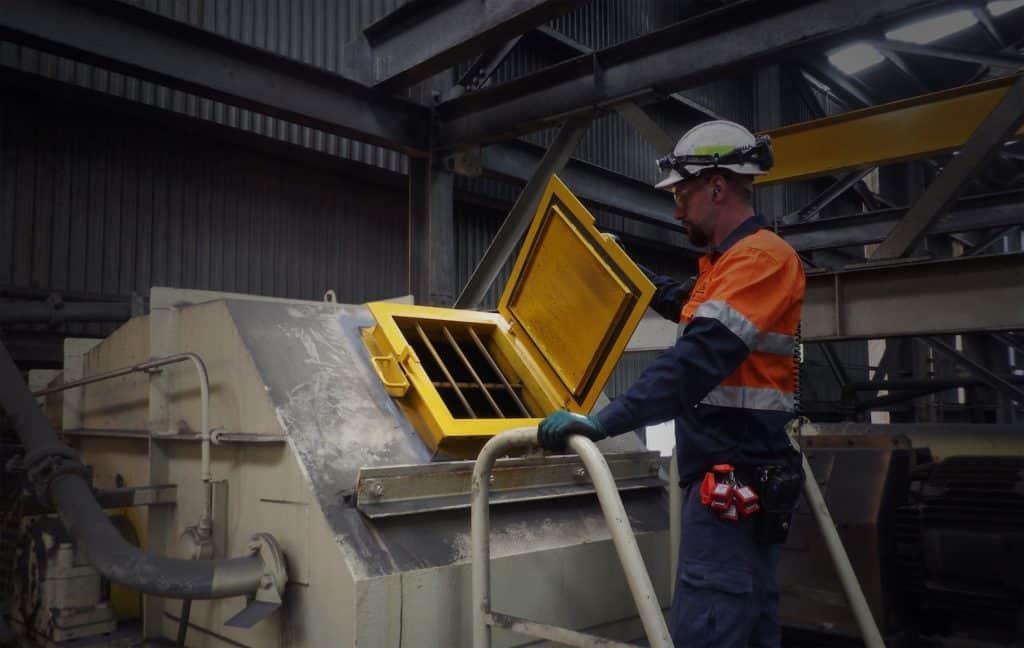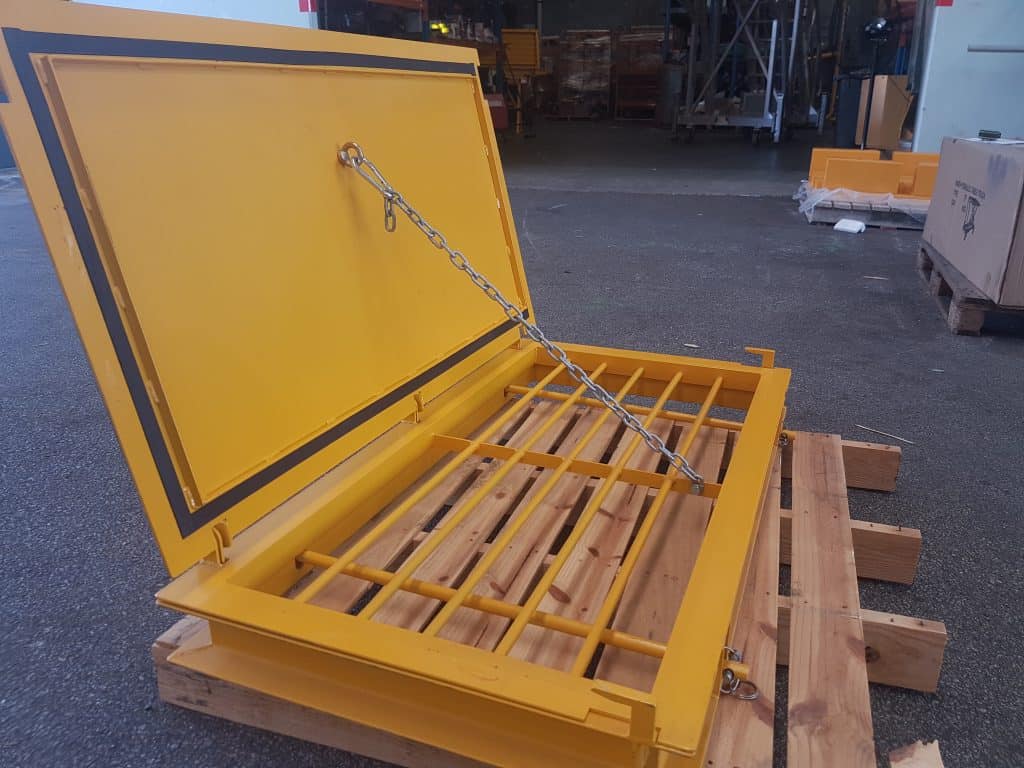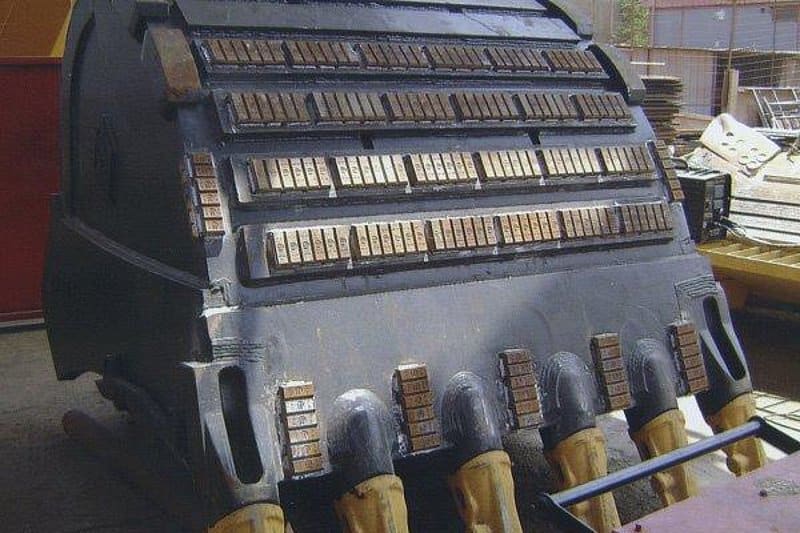Bend-tech access and inspection doors have been designed with safety at the forefront. Such a dangerous application requires extensive thought and ingenuity to ensure a safe, efficient method of access and inspection can be developed and implemented. The lack of such processes has led to several serious incidents on-site, slowing down procedure and endangering the lives of operators.
Unsafe access and inspection
There was a recent incident where a contract employee had entered a chute for inspection and maintenance activities. He began working on the iron ore transfer chute when the conveyor which he was standing on was started. The conveyor started to move, and the employee had to be assisted from the chute by a colleague, bringing him to safety.
Being able to enter a chute so easily and without safety measures in place put this worker in serious danger. The presence of a safety doors would of allowed for inspection, without being able to enter the chute, keeping the worker away from a potentially horrendous situation. Only when the conveyor is isolated and approved for entry should the safety door be opened, and entry be allowed.
Fall prevention
The risk of falling into a chute is high without safety doors attached. A person was using a 6,000psi high pressure water blaster to clear ore build up inside a chute. As the operator stopped blasting to reposition, the drop-in thrust from the pressure blaster caused the operator to move forward and make contact with the safety bar. The safety bar support bracket failed resulting in the operator falling head first into the chute. Luckily the operator was able to reposition himself and grab at the bottom ledge of the chute door with his right hand. This incident put the operator at risk of a fall of a further seven to eight metres onto a running conveyor. The operator was able to be rescued by his colleague, who was operating the dead man safety control valve approximately six metres from the chute.
A fall onto a running conveyor could potentially cause catastrophic injury, or worse. A safety door would have prevented this incident from occurring. The ability to inspect and complete works such as cleaning safely or schedule maintenance from a safe distance and position is vital to any chute access and inspection situation.
Fines and enforcement
There are also potential substantial regulatory fines associated with incidents involving access and inspection. Companies have faced severe fines in the past for safety lapses with regard to chute doors. An incident in Manchester, England, saw the court fine a company 120,000 GBP as a result of a man falling down a chute into a paper pulping machine. The correct safety doors could have prevented this incident. Saving an employee from possible harm and saving the company a serious fine.
Safety doors improve site practices
Businesses that invest in better workplace safety measures mitigate the risks of workplace accidents, leading to improved profitability, staff morale and greater efficiency. Furthermore, businesses also have a legal and ethical responsibility to provide a safe place of work for all employees and contractors on site.
Bend-tech access and inspection doors are certified and compliant with Australian Standards and provide the necessary measures to keep operators safe. They have been designed to ensure that access and inspection is a safe practice, while allowing all necessary activities and procedures to still take place. If you want to find out more about our access and inspection doors, download our (free) white paper Transforming Access and Inspection Door Safety.








About The Author: Rhys Werndly
More posts by Rhys Werndly